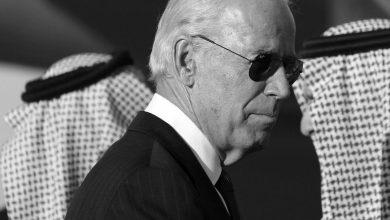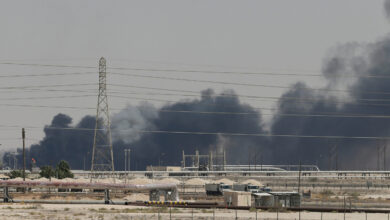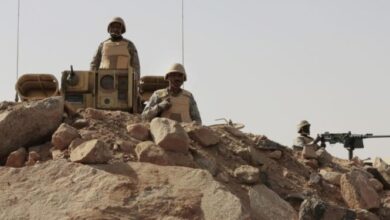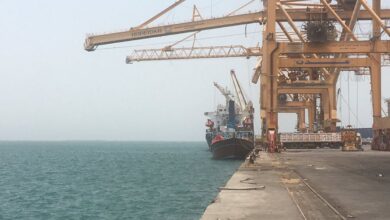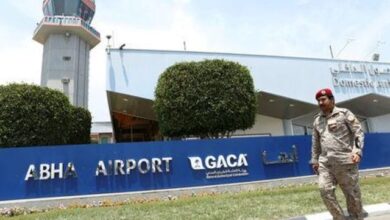Houthi attacks enshrined defense systems failure
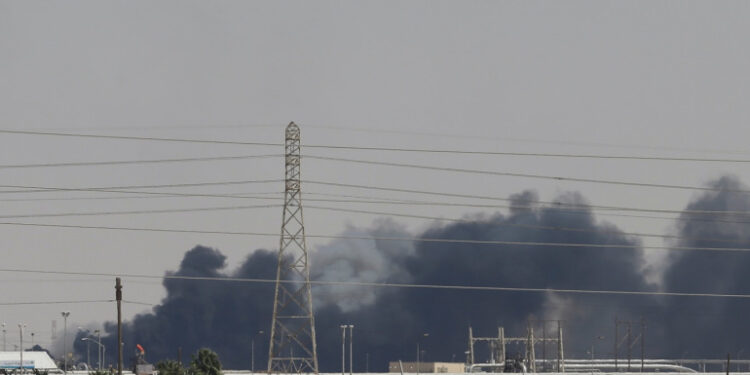
Over the past five years of war, the Houthi group launched hundreds of painful drone and missile attacks that had left painful economic and political hits and demonstrated Saudi defence systems failure despite spending millions on them.
The most prominent attacks on the Kingdom were last year where drones targeted two Aramco oil factories in Abqaiq and affected the production of about five million barrels of oil per day.
The first Houthi missile to reach the Kingdom was on June 6, 2015. Riyadh announced downing a ballistic missile launched by the Houthi rebels towards the Kingdom.
On October 28, 2016, the Houthi rebels targeted with long-range missile King Fahd Air Force Base in Taif.
On November 5, 2017, the Houthi rebels launched a missile at King Khalid International Airport in Riyadh.
The year 2019 witnessed the most intense attacks by the Houthis on the Kingdom, using ballistic missiles and drones, many of which targeted sites in the south of the Kingdom, most notably on May 14, and targeting two oil-pumping stations from the east to the west.
On June 12, 2019, the Houthis announced the launch of a Cruise missile at Abha Airport, which landed in the passenger terminal.
On August 17, the Houthis announced targeting Shaybah oil field in eastern Saudi Arabia, with drones.
On August 25th, the Houthis announced launching ten missiles towards Jazan Airport in the south of the Kingdom.
On September 14, 2019, the Houthis announced targeting two Aramco oil plants in Abqaiq, affecting the production of about five million oil barrels per day, which Is about half of Saudi’s crude production. This was the Kingdom’s biggest painful blow.
On December 27, 2019, the Houthis announced the launch of a ballistic missile towards the command camp of the 19th Brigade of the Saudi Border Guard at Bir Askar in Najran, in the south of the Kingdom.
On February 21, the Houthis announced targeting Aramco’s facilities in Yanbu, on the Red Sea coast, with 12 drones and three missiles.
This reality reveals the Kingdom’s strategic and geopolitical weakness, otherwise, it would not have plunged itself into regional wars with border states, such as Yemen and Iraq, while it is unable to protect its oil production.
Observers have questioned if the Kingdom is unable to protect its source of national income, how will it protect its national security despite it is the third-largest arms consumer in the world, after the United States and China.
According to the Stockholm International Peace Research Institute, the Saudi regime is the largest importer of Western weapons, spending in the past year alone more than $67 billion on military and defence sales.
After the election of Donald Trump as president, Muhammad bin Salman pledged to purchase $110 billion in American weapons. However, the Kingdom is still unable to protect its oil and strategic facilities.
The Wall Street Journal reported that way the Patriot defence system is being deployed has become a source of tension in the relations between Saudi and the American administration, as bin Salman used them to protect his palaces, not the oil installations.
The newspaper stated that the Saudi regime had not taken necessary measures while Washington informed Riyadh that their defence and their central leadership lacked competence.

